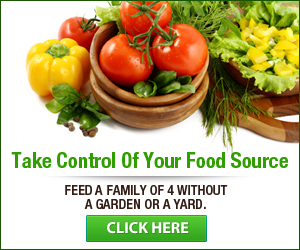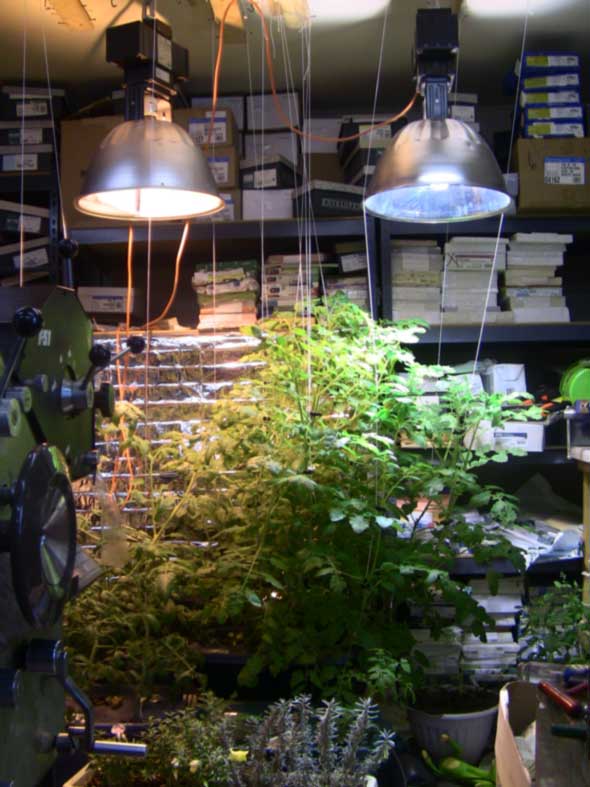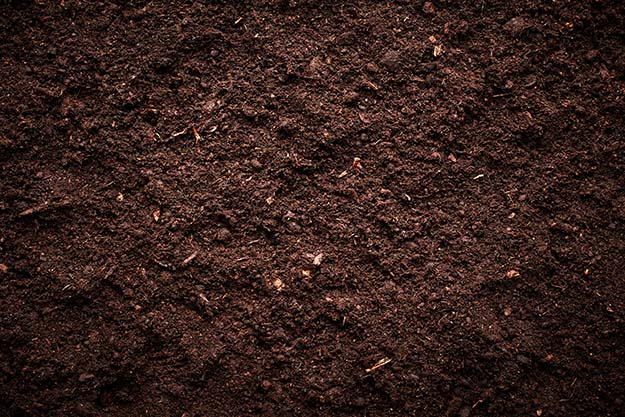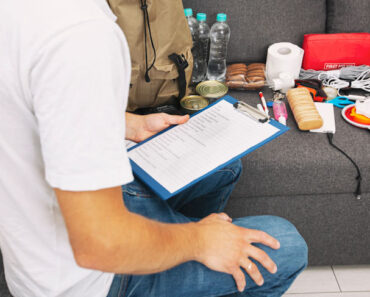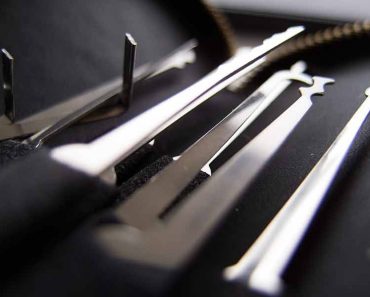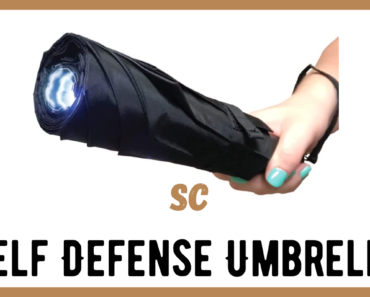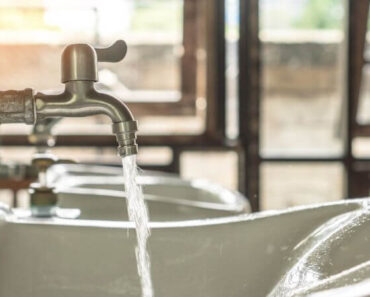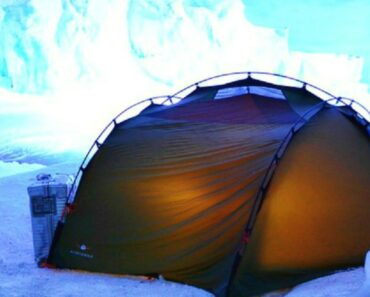Get started with indoor gardening this fall, and don’t let the cold weather stop you from growing your favorite herbs!
RELATED: 5 Gardening Tips And Tricks You Can Use Right Now!
How to Start an Indoor Gardening
Gardening Benefits
There are so many benefits to gardening. One of the best benefits is putting fresh food on the table and for me, there’s just isn’t a better feeling than that!
A lot of folks think that when the summer and early fall gardening season ends, so does the gardening. That’s just not true.
What if I told you that you can grow a plentiful garden INDOORS…all year round?
Gardeners who garden indoors do so for a number of reasons. Here are the most common reasons:
- Gardeners who live in northern climates that have shorter summer months love indoor gardens. It provides them with more options to have the most productive, plentiful garden.
- Gardeners without a good gardening area in the yard may find growing indoors especially useful. Indoor gardening systems are perfect for those who live in the city, especially those who live in an apartment or townhome.
- Plants also help beautify your indoor space and freshen the air inside the house.
Sounds pretty awesome, doesn’t it? Let’s go even further and get you started on the road to indoor gardening. What I’ll be covering in this article:
- Space: The best spaces in your home for indoor gardening
- Light: The best lighting options for indoor gardening
- Temperature: What temperatures are necessary for an indoor garden
- Humidity: Watching for signs that plants are being affected
- Soil: Which soil is best for indoor gardening
- Plants: Choosing the right plants for indoor gardening
- Maintenance: Watering and fertilizing your indoor garden
Space
You can utilize a bigger space for your indoor garden. You can grow all kind of plants.
Most indoor gardeners use windowsills and tables for their indoor gardening areas. The table should be on a tile or linoleum floor to catch any water. A tarp under the table can be used as well.
Another great idea is shelving which will give more room for your plants without occupying too much room space. Just make sure each plant gets adequate lighting regardless of how they’re arranged on the shelves.
Light
Plants photosynthesize to survive and need light to do this. Not having sufficient light will hinder the plant’s growth, and in some cases, the plant may not produce fruit.
A grow light may be required. If you are new to indoor gardening, choosing a grow light can be confusing, as there are different indoor grow lights to choose from.
Here are the choices for grow lights and the results they produce. Incandescent lamps are inexpensive and can be bought at large nurseries and hardware stores. While they work OK for growing houseplants, they are not ideal for an indoor garden.
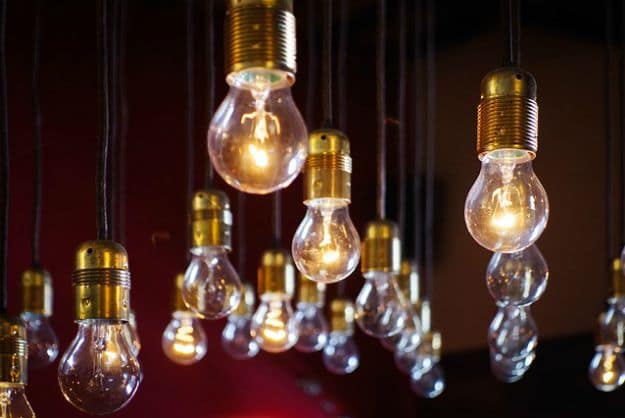
Fluorescent lights are best for indoor herb gardens and other plants that don’t need too much lighting. They are not recommended for plants in the flowering and budding stage because they don’t provide adequate light. Inexpensive, they can be purchased at hardware near you as well as garden supplies.
The new Compact Fluorescent Systems, however, are quite bright and efficient, and in some cases might even be better than the high-intensity discharge lights. Compact fluorescents are smaller and more efficient compared to the old fluorescent lights which make them usable for all plant types.
Incandescent lights produce more heat than the compact fluorescent ones so you can place the lighting nearer to the plant.
The brightest and most efficient lights available are High-Intensity Discharge (HID) Bulbs, but you may need to pay more. A single 1,000 watts grow light bulb is approximately the same as 50 40-watt fluorescent lights.
Keep in mind that there are different types of HID Bulbs to choose from. The High-Pressure Sodium and Metal Halide bulbs are the only ones indoor gardeners will need.
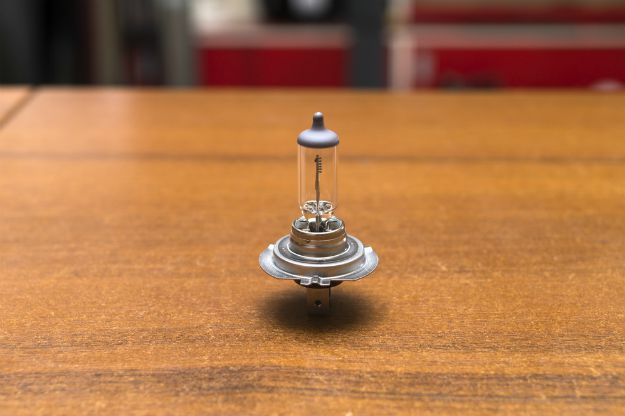
High-Pressure Sodium (HPS) Bulbs produce a red-orange light that benefits flowering. With an average lifespan 2X that of metal halides, high-pressure sodium lamps are economical.
What Is A Metal Halide Bulb? An electric bulb that uses a gaseous mixture of vaporized mercury to produce light.
This isn’t a great light if you are only going to use one, as it doesn’t produce light in the blue spectrum needed for leafy growth.
Metal Halide (MH) Bulbs produce a blue-white color that is conducive to encouraging leafy growth for more compact plants. One bulb can reach up to 10,000 hours of use and has better lighting compared to incandescent bulbs and standard fluorescent lights.
This is a good light to start plants out with. High-Pressure Sodium lights, on the other hand, are the most suitable flowering plants.
Note: There is more to a grow light than just the bulb. You can purchase the reflector, cord, ballast, bulb, and other parts separately, or buy a whole system that just needs to be plugged in.
Temperature
Temperature is very important in growing plants and most of them need 65-75ºF. Too much heat will make the plant weak and small while yellow leaves fall off from plants grown in colder temperatures. Having just the right temperature is necessary for plants to grow healthy.
Humidity
Not having enough humidity inside can be a problem for gardening indoors. People normally use the heater during the dry winter which adds up to the challenge.
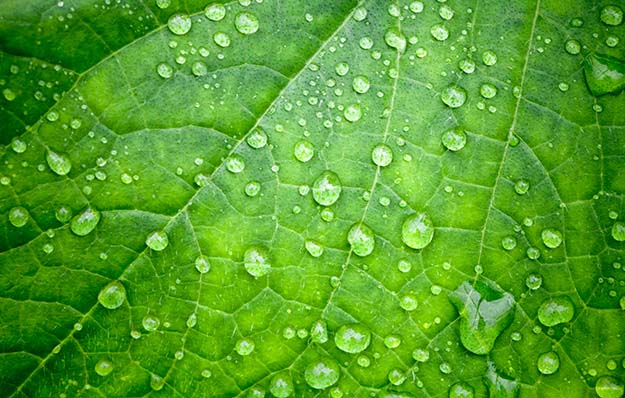
The following are a few results of low humidity in the garden room:
- The leaves turn brown at the tip
- Withering or puckering of the plants
- Plants lose their leaves
- You have set up the right humidity for your plant but the result is the same
To increase humidity:
- Apply needed mist for your plant every day. (Refrain from doing this with plants that have hairy leaves. The water can cause disease if it stays too long.)
- Put a water tray close to your garden and place lava rocks in it to build an area of evaporation (Make sure not to put any plant in the tray).
- Higher relative humidity is achieved by positioning your plants close to each other.
- Use a humidifier if you have one. Environmental controllers that set the humidity in a room are now also available in the market.
RELATED: Winter Gardening Tips: The Prepper’s Guide To Cold-Weather Gardening
Soil
Indoor gardens benefit from a good planting medium. Soil found outside is not appropriate since it’s often too heavy and may contain weed seeds and insect pests.
Instead, look for a mix that is specific to indoor plants. A good growing medium should remain loose and drain well, yet contain enough organic matter to hold nutrients and moisture.
Plants
Almost anything can be grown indoors — as long as it eventually doesn’t get too big. However, do consider growing plants with similar light, humidity, and watering need together.
Indoor Plants
This is a list of plants that are great for indoor growing:
Vegetables
- Beans, Bush
- Tomatoes
- Onions
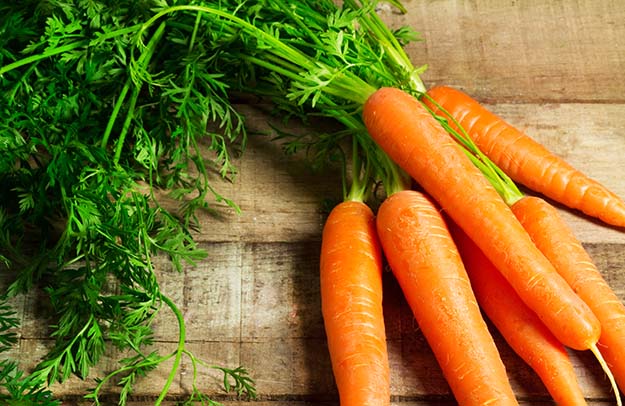
- Carrots
- Chard
- Kale
- Salad Greens
- Peppers
Herbs
- Catmint
- Chives
- Rosemary
- Cilantro
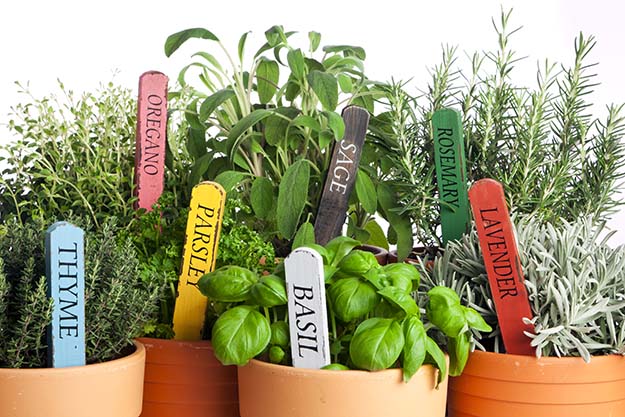
- Lavender
- Oregano
- Parsley
- Basil
Fruits
- Citrus
- Dwarf varieties of apples
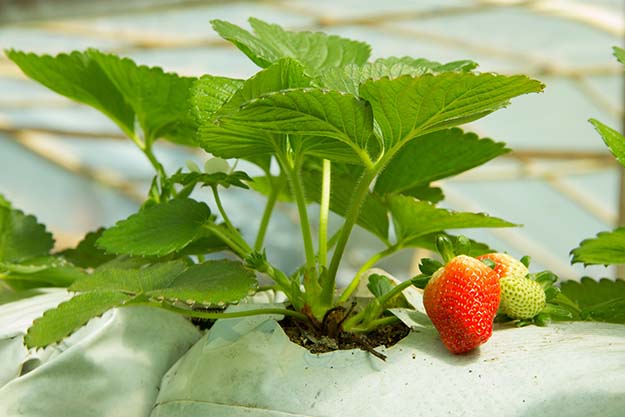
Flowers
- Shasta Daisy
- Begonia
- Petunia
- Marigold
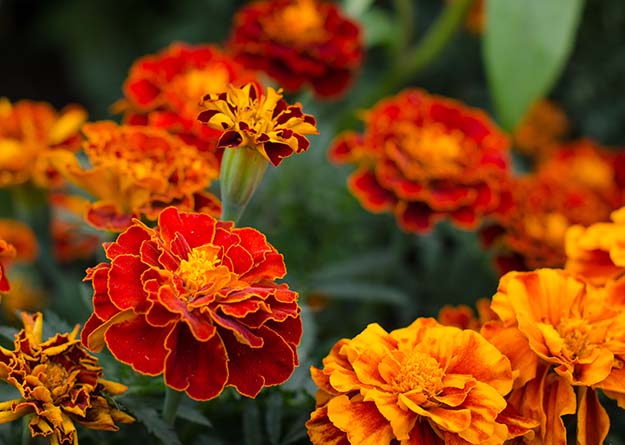
- Alyssum
- Candytuft
- Roses
- Zinnia
- Pansy
- Geranium
Maintaining Your Indoor Garden
Watering
Plants dry quicker than the soil when grown in containers so make sure to water them frequently. The water must flow out of the drain holes to indicate enough water is used (room-temperature water is recommended).
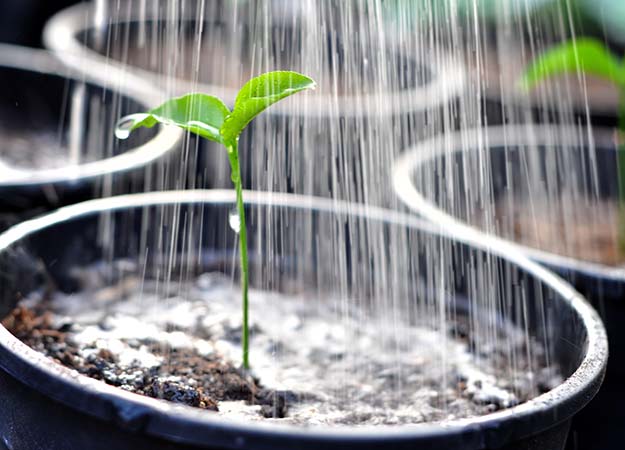
Always ensure no water is collected under the plant to prevent disease and rot.
Fertilizing
Organic fertilizing for indoor plants is the best recommendation. In fact, If you compost at home, you can make a compost tea to water your indoor plants.
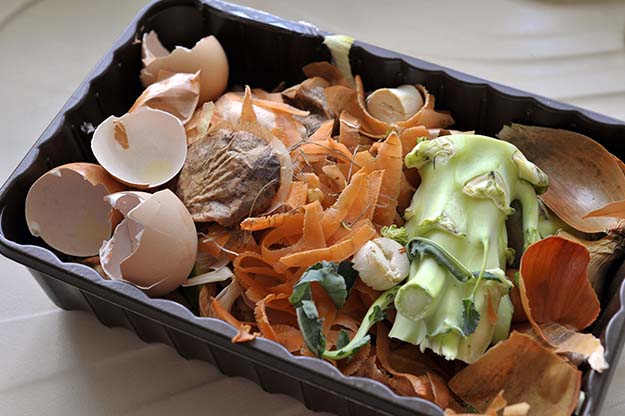
Here’s how:
- Fill a bucket about 1/3 full with finished compost.
- Add water until the bucket is full.
- Let the bucket sit for a few hours if not three or four days (don’t let it freeze!).
- Using cheesecloth or a fine screen, strain the mixture into another container (Anything leftover can be thrown into the garden or back into the compost bin).
- Add water to the liquid until it is the color of weak tea.
- Apply the compost tea to the soil around your plants.
Check out this video of a basic indoor grow room by Alberta Urban Garden Simple Organic and Sustainable:
Isn’t it great to be able to enjoy your gardening all year long? Whether you have enough space in your backyard, or you live in the city where the only option is to utilize limited space, growing plants is not a problem.
This article has all you need to know to make indoor gardening possible in your home. As long as you have the right resources, every season can be a gardening season for you.
Got more of your own tips on indoor gardening? Share them with us in the comments section below!
UP NEXT:
Follow us on Facebook, Instagram, Twitter, Tumblr, and Pinterest!
***Disclaimer: The contents of this article are for informational purposes only. Please read our full disclaimer.***
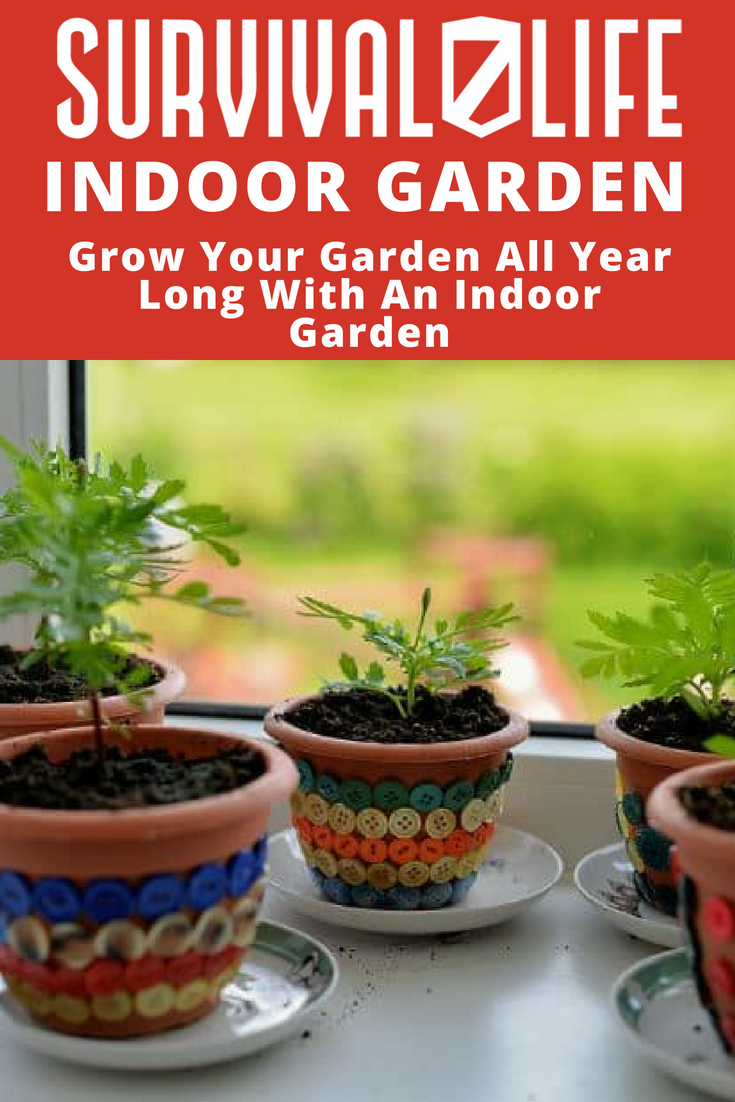
Editor’s Note: This post was originally published on September 27, 2016, and has been updated for quality and relevancy.

